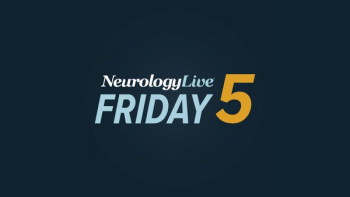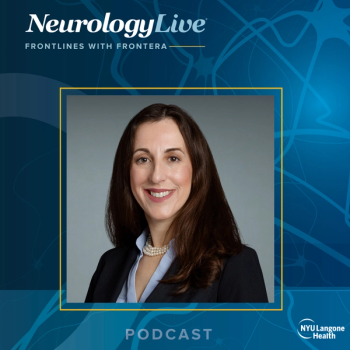
|Slideshows|May 4, 2017
Epilepsy Highlights: AAN 2017
Author(s)Samantha J. Peterson
Highlights: imaging the temporal dynamics & cellular architecture of seizures in Dravet syndrome, & reducing risk of spontaneous fetal loss.
Advertisement
Studies chosen as the best of epilepsy at AAN 2017 included an examination of the structure of seizures in a mouse model of Dravet syndrome, a look at seizure triggers, the impact of unplanned pregnancy on spontaneous fetal loss, and a review studying the feasibility of extrapolating adjunctive AED efficacy data from adults to a pediatric population.
Newsletter
Keep your finger on the pulse of neurology—subscribe to NeurologyLive for expert interviews, new data, and breakthrough treatment updates.
Advertisement
Latest CME
Advertisement
Advertisement
Trending on NeurologyLive - Clinical Neurology News and Neurology Expert Insights
1
Remyelinating Agent PIPE-307 Falls Short in Phase 2 Trial of Relapsing Multiple Sclerosis
2
Brain-Penetrant Molecule GT-02287 Demonstrates Reversal of Glucosylsphinogosine in Parkinson Disease
3
Repositioning GLP-1 Drugs for Neurologic Disease: Evidence, Advances, and Outlook
4
CMSC 2026: Looking Ahead to the 40th Annual Meeting of the Consortium of MS Centers
5




















